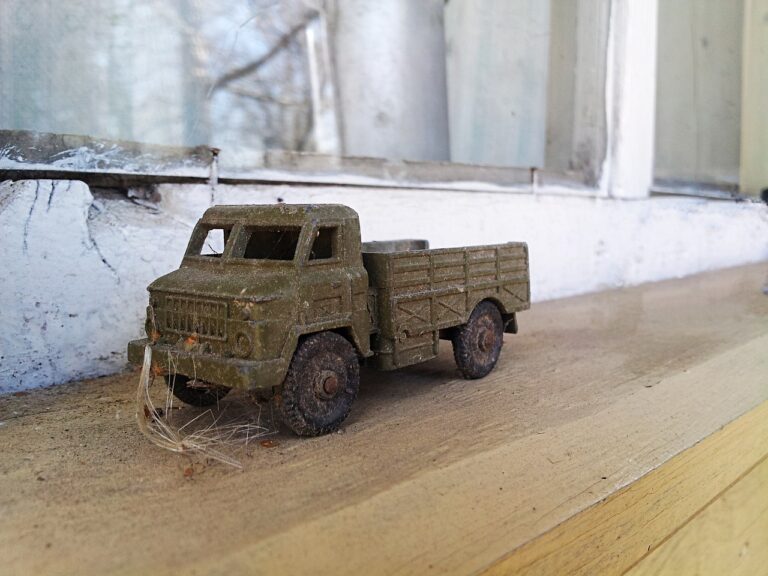The Role of Augmented Reality in Auto Repair Diagnostics and Troubleshooting
Augmented Reality (AR) is poised to revolutionize the landscape of auto repair by introducing enhanced methods for diagnosing and resolving vehicle issues. By overlaying digital information onto the physical world, AR technology provides mechanics with real-time access to crucial data, empowering them to identify problems more swiftly and accurately. This innovative approach not only streamlines the diagnosis process but also leads to more efficient and effective repairs, ultimately benefiting both technicians and customers.
Moreover, the integration of AR in auto repair can significantly enhance the training and skill development of mechanics. By offering interactive visual guidance and tutorials, AR tools enable technicians to acquire new knowledge and techniques in a more engaging and practical manner. This immersive learning experience not only accelerates the proficiency of repair professionals but also ensures that they stay updated on the latest industry developments and best practices.
Enhancing Accuracy in Diagnosing Vehicle Issues
Augmented reality (AR) technology has the potential to significantly enhance the accuracy in diagnosing vehicle issues. By overlaying digital information onto the real-world environment, AR can provide mechanics with detailed insights into the inner workings of a vehicle. This visual aid allows for a more precise identification of potential problems, leading to more accurate diagnosis and quicker resolution of issues.
Furthermore, AR can streamline the diagnostic process by providing mechanics with real-time data and guidance. With AR-enabled devices, technicians can access repair manuals, schematics, and troubleshooting instructions directly within their field of vision. This eliminates the need to constantly refer back to physical manuals or search for information on separate devices, saving time and reducing the risk of errors in diagnosis.
Improving Efficiency in Troubleshooting Processes
In the realm of auto repair, efficiency in troubleshooting processes is crucial for minimizing downtime and maximizing productivity. By integrating augmented reality (AR) technology into diagnostic procedures, mechanics can access real-time visual overlays of a vehicle’s components, facilitating faster identification of issues. This seamless integration of digital information with physical objects streamlines the troubleshooting process, enabling mechanics to pinpoint problems swiftly and accurately.
Moreover, AR enhances the efficiency of troubleshooting processes by providing step-by-step visual guides and tutorials directly within the mechanic’s field of view. This hands-free approach eliminates the need for constantly referring to manuals or searching for information on separate devices, allowing technicians to focus solely on diagnosing and resolving vehicle issues efficiently. With AR technology empowering mechanics with instant access to relevant data and guidance, the potential for optimizing troubleshooting processes in auto repair is inexhaustible.





